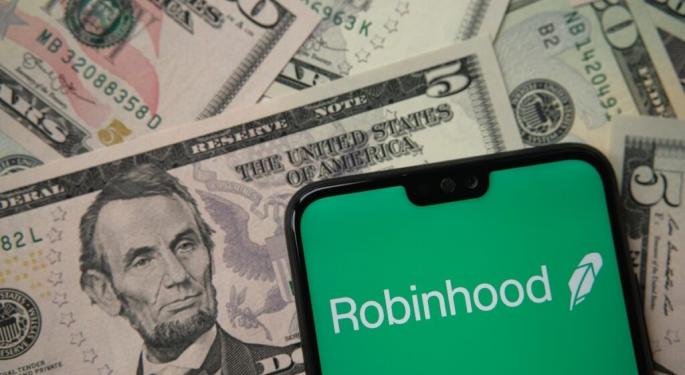Graham Stephan Missed a 250% Gain on Robinhood Stock—Here's the Investing Lesson He Shared
Real estate investor Graham Stephan doesn't only buy properties. He also has a bunch of stocks in his portfolio. He's bought dips, exited positions when it felt right, and shares his experiences online.
He recently discussed his ill-timed exit from Robinhood (NASDAQ:HOOD) stock. He regularly bought dips when the stock did poorly, and it sounded like Stephan was about to tell his audience about big gains.
However, the video came with valuable lessons investors can use to achieve higher returns.
Don't Miss:
- The same firms that backed Uber, Venmo and eBay are investing in this pre-IPO company disrupting a $1.8T market — and you can too at just $2.90/share.
- Accredited Investors: Grab Pre-IPO Shares of the AI Company Powering Hasbro, Sephora & MGM—Secure $0.63 Shares Before 8/14
Stephan's Robinhood Investments
He put $150,000 into Robinhood back when it was at $35 per share in 2022. He bought 2,500 more shares when it fell to $25 per share and loaded up even more at $10 per share. He then sold all of his individual stocks to focus on three index funds, including the Robinhood shares.
Stephan wanted a simpler experience with his portfolio. He had some winners and losers among his individual stocks, but he missed out on giant gains with the Robinhood position. Stephan mentioned that he could have been up by more than 250% just by holding his shares.
Buying the dip can be a great idea if you can hold a stock in the long run. However, it's possible to get more conscious of subtle price movements as you buy more dips, and that can prompt investors to sell out of their individual stocks.
Trending: ‘Scrolling To UBI' — Deloitte's #1 fastest-growing software company allows users to earn money on their phones. You can invest today for just $0.30/share.
Have A Long-Term View
Stephan started his Robinhood position in 2022 and exited the position within a few months. While this exit was fueled by Stephan's desire to simplify his portfolio with three index funds, he missed out on some big gains.
Although he acknowledged that he lost money by not holding Robinhood a little longer, he said that he would have ultimately performed better with an index fund than with individual stocks.
Some people have a difficult time juggling multiple stocks and holding on to their winners for a few years. It's more common for people to give up on companies after they report bad earnings or don't have catalysts materialize as expected. It's easier to have a long-term perspective with index funds since they are baskets of many stocks. You don't have to deal with the stress of holding hundreds of stocks when ETFs can do it for you.
See Also: If there was a new fund backed by Jeff Bezos offering a 7-9% target yield with monthly dividends would you invest in it?
Find Index Funds That Align With Your Objectives
Stephan wanted to streamline his portfolio with three index funds, but it's important to consider your financial goals before moving any of your money around. For instance, the Nasdaq Composite is filled with tech stocks and is suitable for growth investors. However, individuals who want a less risky benchmark may want to look at a fund that holds dividend stocks.
Investors should research several index funds and ETFs and then choose the right ones based on financial goals, risk tolerance, long-term returns, and other factors. Stephan simplified his portfolio with three funds, and he doesn't have to monitor day-to-day stock price fluctuations anymore.
Investing in individual stocks works for some people. It's possible to beat the market, and every fund contains stocks that will inevitably outperform the fund. However, some people prefer to avoid doing all of the extra research that's required to beat the market and opt for index funds instead.
Read Next: $100k+ in investable assets? Match with a fiduciary advisor for free to learn how you can maximize your retirement and save on taxes – no cost, no obligation.
Image: Shutterstock
© 2025 Benzinga.com. Benzinga does not provide investment advice. All rights reserved.
Posted-In: news access Personal Finance AccessPersonal Finance



